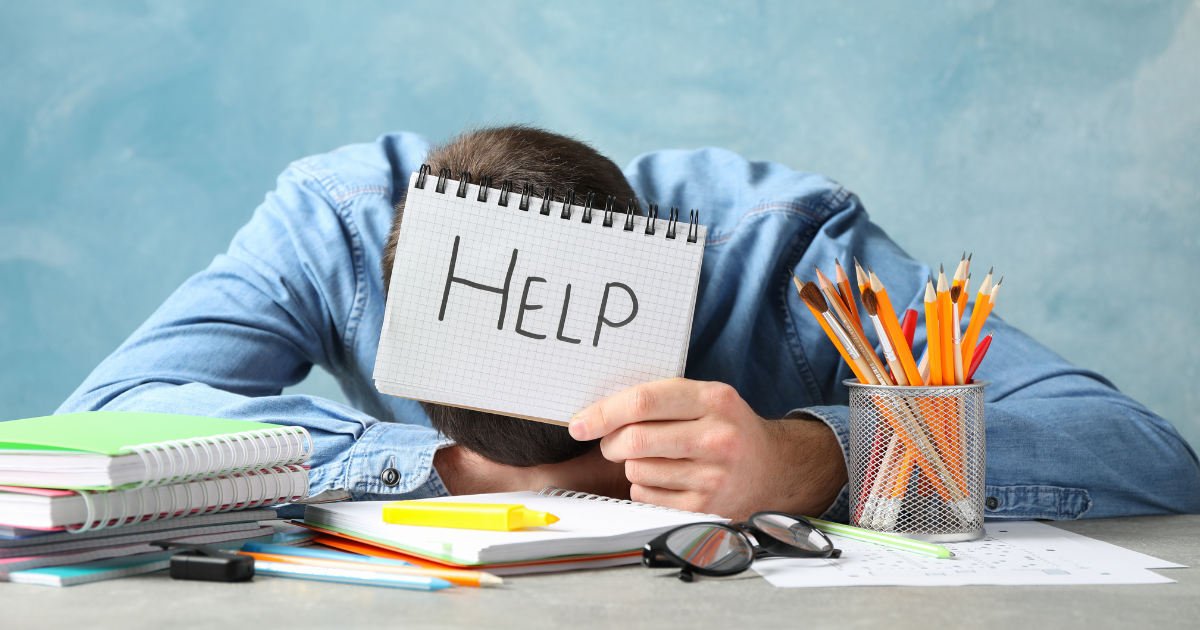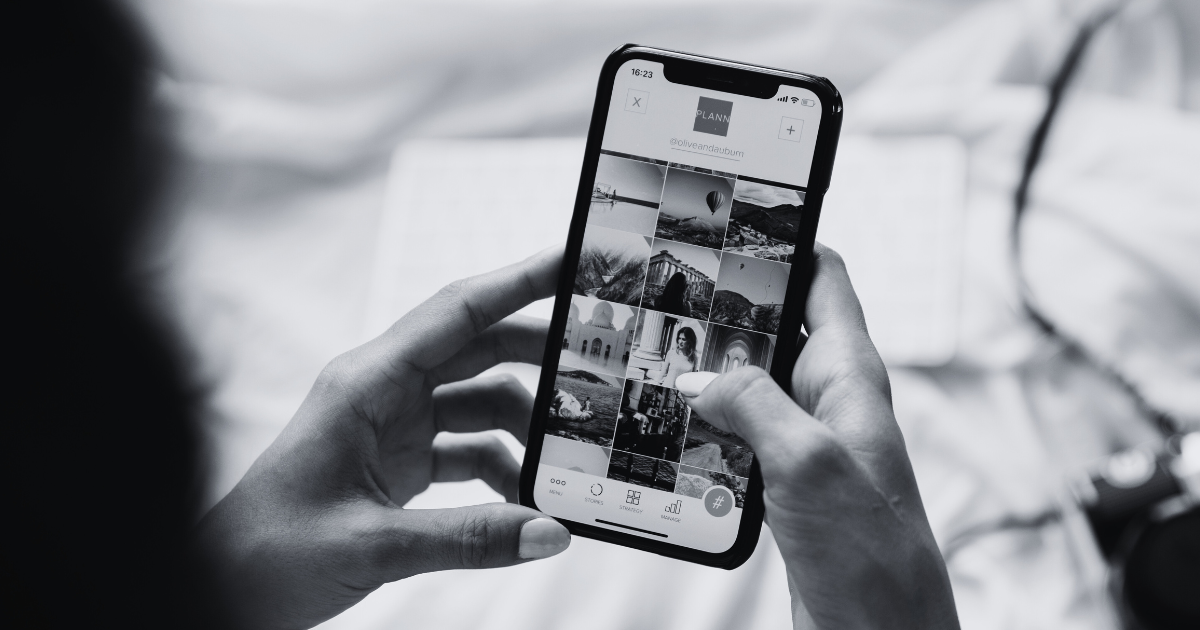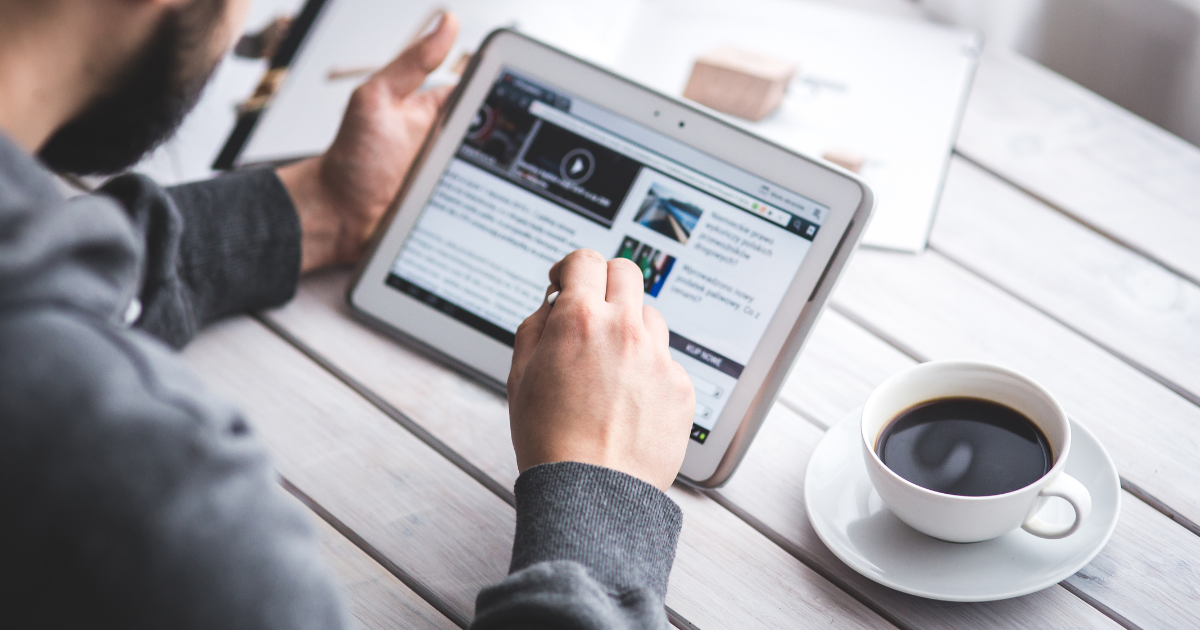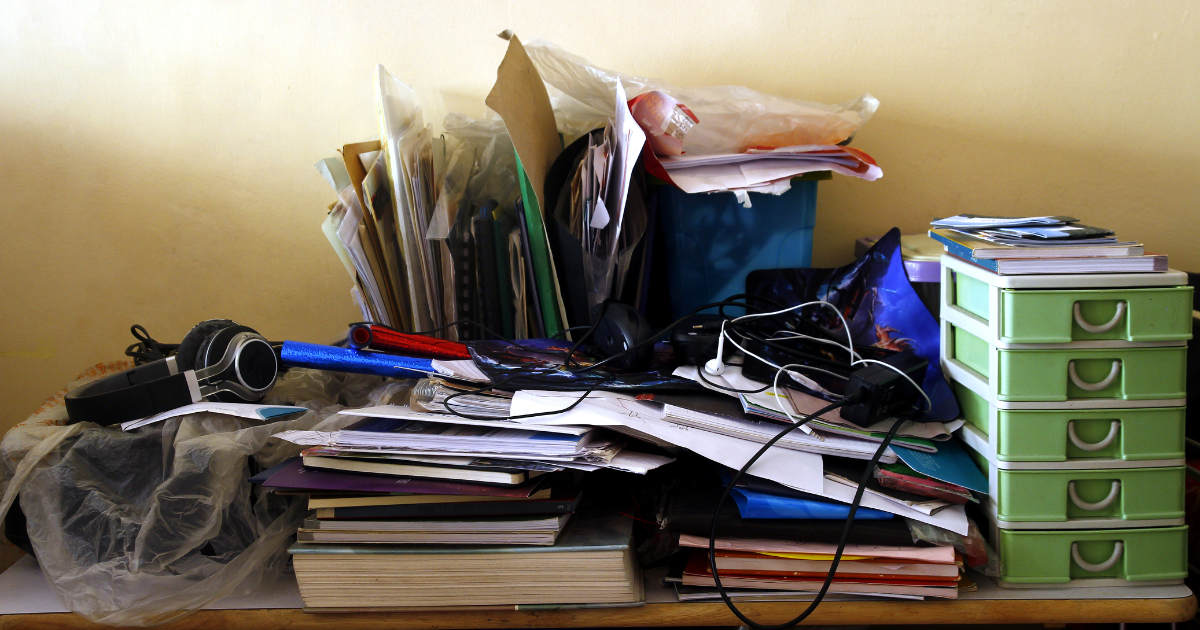Stress Management Practices for Educators

Educators are stressed.
In 2022, the top industry for burnout was K-12 education, with 44 percent of educators saying they always or very often feel burnt out. Similarly, an NEA survey found 55 percent of educators plan to leave their profession earlier than anticipated.
Many factors contribute to these numbers. The COVID pandemic disrupted education in ways nobody could predict and book bans have increased due to fringe activist groups. On top of the additional stress, compensation has stayed stagnant for many educators. According to the Economic Policy Institute, teachers earn 23.5 percent less than college graduates in comparable fields.
New Jersey state officials have recognized the challenges behind teacher shortages and are jumping into action. Recently, the Assembly Education Committee cleared five bills that address the shortage. Each bill focuses on incentives—creating a database of eligible teachers and forming the New Jersey Student Teacher Scholarship, for example—to improve teacher recruitment and retention.
Additionally, New Jersey is taking care of its educators by pushing back on the fringe groups demanding book bans. Sens. Andrew Zwicker (D-Middlesex) and Teresa Ruiz (D-Essex) are behind the Freedom to Read Act, which would require schools and public libraries to create policies over how books are removed. The act also protects libraries from being sued over the media they provide to students and the public.
While it's good to know our state is prioritizing educator wellness, teachers can’t control many of the systemic and day-to-day stressors contributing to their burnout. Luckily, there are stressors they can control, making the stress of those day-to-day teaching moments easier to manage.
To support educators’ mental health, we’ve gathered some tips, practices and habits to implement at home so they can enter the classroom with more calm.
Overhaul how you engage with your phone

Studies show we turn to our phones when we are stressed. They also show our phones make us stressed. Yes, we have a very complicated relationship with our phones.
It’s a relationship that Ashley Bovin has spent the past few years working to deconstruct. Bovin owns Ease Up Consulting, which encourages people to practice more curiosity, critical thinking and care around how we use our digital tools for communication
“Smartphones have promoted hyperconnectivity, hyperproductivity, and little need or use for downtime,” Bovin said. “Left with their default settings in place, our phones can make us feel like everything is urgent and prompt us with notifications designed to direct our behavior. People react instead of respond—often to things that are of very little consequence, but were designed to get their attention.”
Through her personal experience, Bovin has a few go-to tips for other people interested in creating a better relationship with digital media and reducing phone-related stress.
Remove social media apps and observe how you respond
“See what you notice—perhaps any instinctual behaviors to pick up your phone in a moment of downtime, or scroll to where that app is on your screen? In that space social media might usually fill in your day, what can you direct your attention to instead?”
Turn off or slightly reduce audio and visual notifications
“...my personal take is that the normalizing of smartphones with their dings and notifications and endless scrolling means we've been socialized into distraction. Our attention is often taken from us, and we've learned to be okay with it—because that's the price we have to pay for convenience and being available to each other at all times.”
Use accessibility settings to turn your display to greyscale
“It helps dull those red notification flags and makes the colorful interfaces of apps and media less interesting. I find that viewing my social media feed without colors to catch my attention really highlights the inanity and irrelevance of much of what I see!”
Take only what you need from the news

We are in an era where it is hard to escape an onslaught of information at all times, and that includes the news. Since CNN launched the first 24-hour news network decades ago, media has evolved to keep us engaged at all times.
But what happens when the news becomes too much to manage?
According to a study conducted in spring 2020, participants’ emotional distress increased when they sought news about the COVID pandemic. The study also found that young adults and women were the groups most affected by the news.
Two years after the study, adults are still negatively affected by the news media.
According to a 2022 report by the American Psychological Association:
“The vast majority of adults (87%) agreed it feels like there has been a constant stream of crises over the last two years, and more than seven in 10 (73%) said they are overwhelmed by the number of crises facing the world right now.”
Due to our collective distress, a term emerged: Doomscrolling. It refers to going on news or social media apps and only consuming negative or stressful content. According to Matthew Price, a professor of psychological science at the University of Vermont, doomscrolling can exacerbate symptoms of anxiety, depression and PTSD.
To best manage news consumption, try the following tips.
Before consuming news, ask two questions
It’s important to be informed—and know when information becomes too much. Take a mindful approach to news. Before picking up a phone or TV remote, ask these two questions:
- Is this new story informing me outside of my existing knowledge?
- If it is not informing me, does it add value to my life?
Step away if both answers are ‘no.’
Get rid of push notifications, news apps and subscriptions
Remember what Bovin told us about notifications earlier? They’re created so they grab the user’s attention. The good news, though, is they are easy to turn off.
Save money and sanity by canceling paid subscriptions to news apps, magazines, cable news networks and newspapers.
Set boundaries with colleagues and loved ones
If an uncomfortable story or topic comes up, it is OK to politely leave the room or ask to change the subject.
Brainstorm ways to swap doomscrolling for pleasurable activities
Focus that extra energy on things that bring joy. Think back to activities enjoyed during childhood or exploring something new.
Declutter your home

While not the most fun activity, decluttering can have significant benefits on stress and mental health. Clutter distracts the mind, which in turn limits focus and reduces visual memory due to cognitive overload.
"Decluttering and developing systems of organization for your home helps improve overall mental health by reducing the stress and chaos that is felt when too many 'things' are getting in our way on a daily basis," said Keli Kildow-Polymeneas, a licensed social worker, professional organizer, clutter coach. "It’s difficult to stay focused and productive when you can’t find a certain item, or items are falling out of closets and cabinets when you open them."
De-cluttering a home may seem like a monumental task, however, it is not as overwhelming as it appears when these tips are implemented.
Start with one area at a time
The entire house is not going to get done in one day, so set that expectation for home decluttering. Instead of expecting to tackle everything in one day, choose an easy-to-manage room—one that won’t take too long and will help build momentum toward future room decluttering. Remember, de-cluttering is a process and not a one-time task.
Try to remove one piece of clutter per day
Prevent clutter from piling up by removing one piece of clutter per day. It’s a small and simple goal that is easy to hit and helps build good habits. It is also not large enough to cause stress if a day is missed.
Schedule clutter check-ins with yourself
Accountability is important, so put a self-check-in on the calendar or connect with a loved one or colleague who can provide additional support.
Hire a professional organizer
Sometimes professional help is needed, and that’s OK. Organizers help reduce that overwhelming feeling by offering tips, support and encouragement. Some are virtual, while others come into the home to evaluate the task at hand.
"It’s estimated that we make 35,000 decisions on average EVERY day," Kildow-Polymeneas said. "By decluttering and maintaining organizational systems for our ‘stuff’, we’re dramatically reducing the number of decisions we must make on any given day."
If you’re considering following your dream of teaching, Rutgers Alternate Route can offer you the support and training you need to succeed. Be sure to follow Rutgers Alternate Route on Twitter and sign up for Alternate Route’s monthly newsletter for more information and stories from the field of education.

 Heather Ngoma has over 25 years of experience collaborating with educators across New Jersey to drive education innovation. She currently serves as the Director of the Rutgers-GSE Alternate Route Program in the Department of Learning and Teaching, a program which helps career changers, recent college graduates, and other aspiring education professionals become licensed teachers in New Jersey. Follow her on Twitter @heatherngoma.
Heather Ngoma has over 25 years of experience collaborating with educators across New Jersey to drive education innovation. She currently serves as the Director of the Rutgers-GSE Alternate Route Program in the Department of Learning and Teaching, a program which helps career changers, recent college graduates, and other aspiring education professionals become licensed teachers in New Jersey. Follow her on Twitter @heatherngoma.





